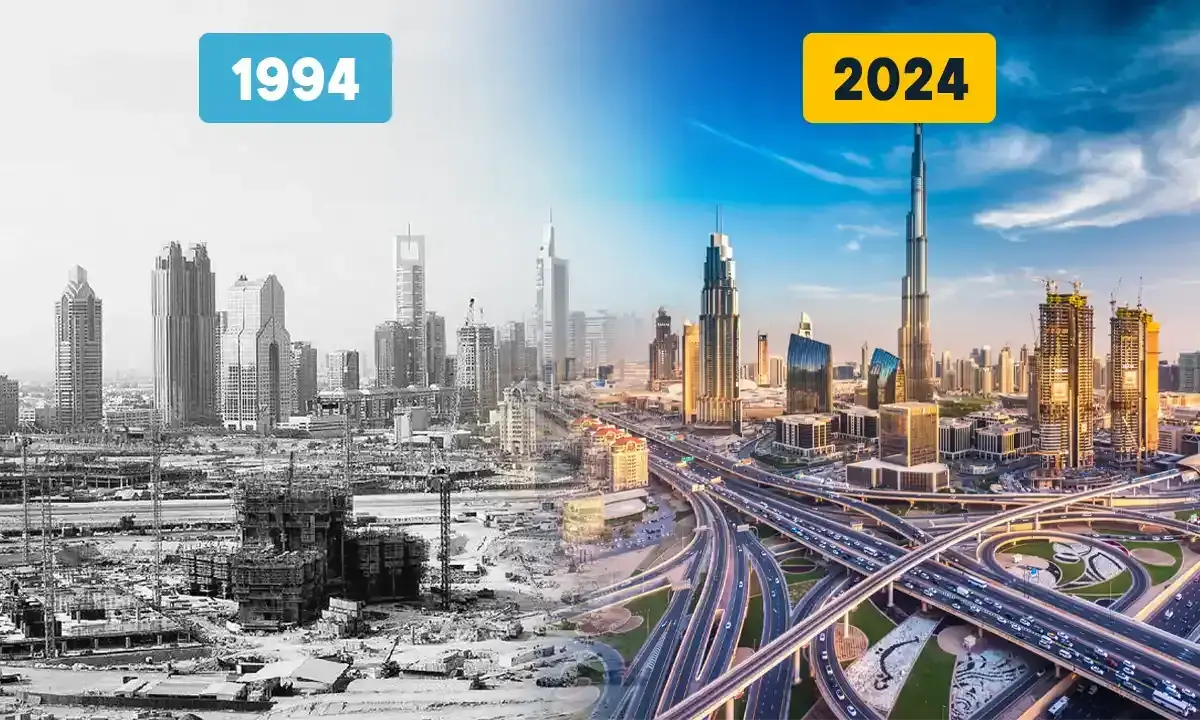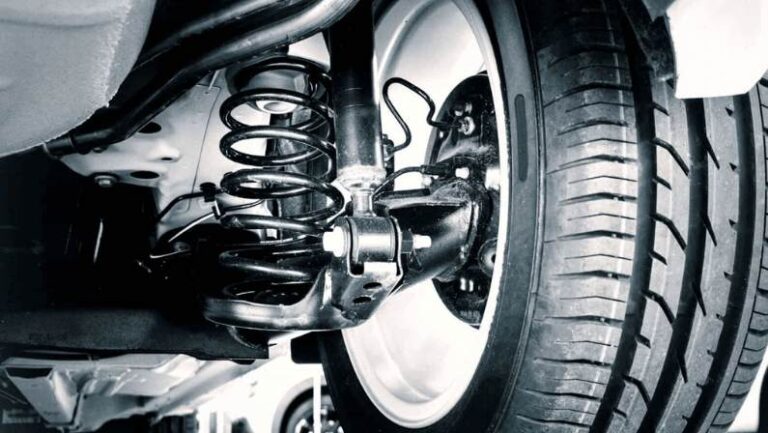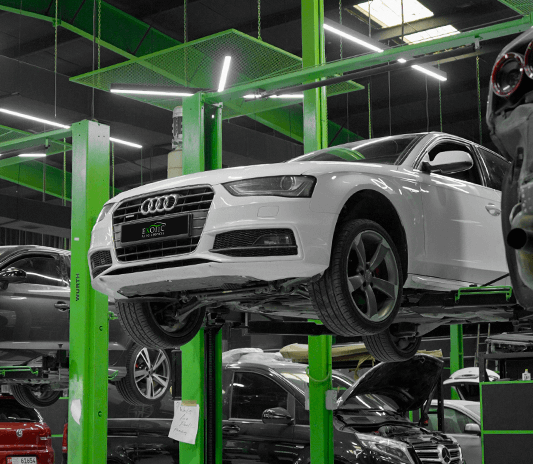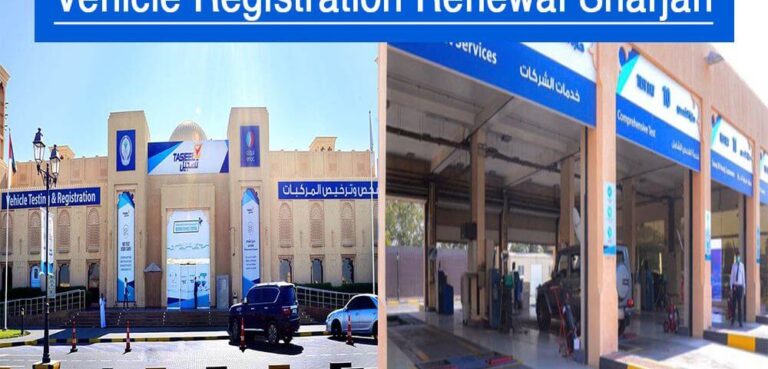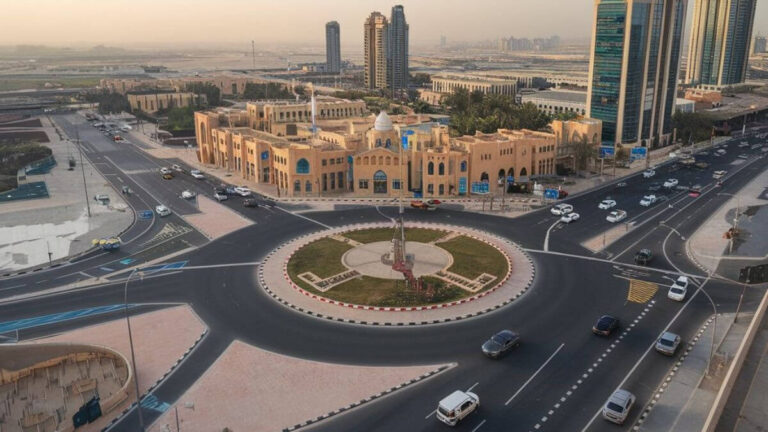Old Dubai vs New Dubai, UAE – Tradition Meets Futurism in the City of Gold
Dubai is one of the rare cities in the world where you can step from a centuries-old marketplace into a glass elevator that whisks you up the tallest building on Earth — all in under 30 minutes.
The contrast between Old Dubai and New Dubai isn’t just about architecture; it’s a window into the city’s identity — one half anchored in maritime trade and heritage, the other surging toward a hyper-connected, futuristic skyline.
If you want to truly understand Dubai — beyond the postcards and Instagram reels — you have to explore both sides of the city. This guide takes you deep into the historic quarters and the modern marvels, showing how they coexist to create one of the most dynamic destinations on the planet.
Why the Old vs New Dubai Debate Matters
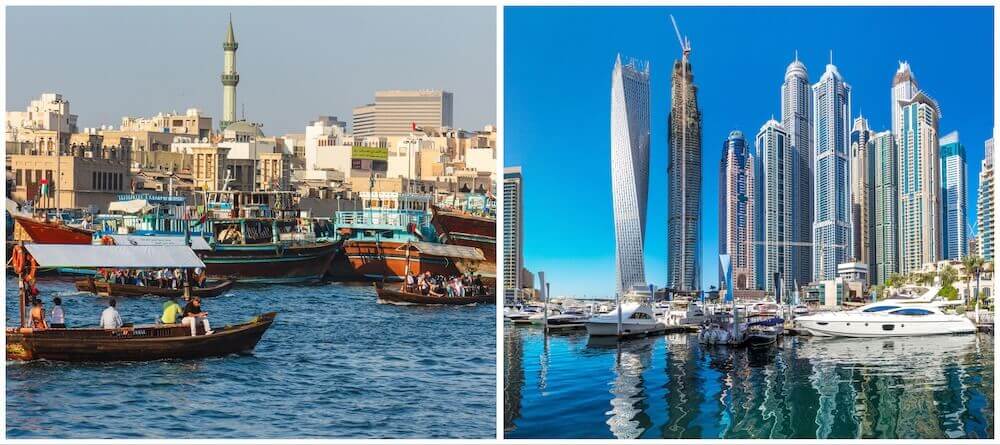
For visitors, choosing between Old and New Dubai can shape your entire trip.
For residents, it often defines lifestyle, cost of living, and community.
And for Dubai itself, the two sides represent a rare blend: heritage that refuses to fade and innovation that refuses to slow down.
The difference isn’t about one being “better” — it’s about experiencing a dual personality city where the scent of frankincense from Deira’s spice souk lingers just as vividly as the neon glow from Dubai Marina’s waterfront.
Old Dubai – The Historic Heartbeat
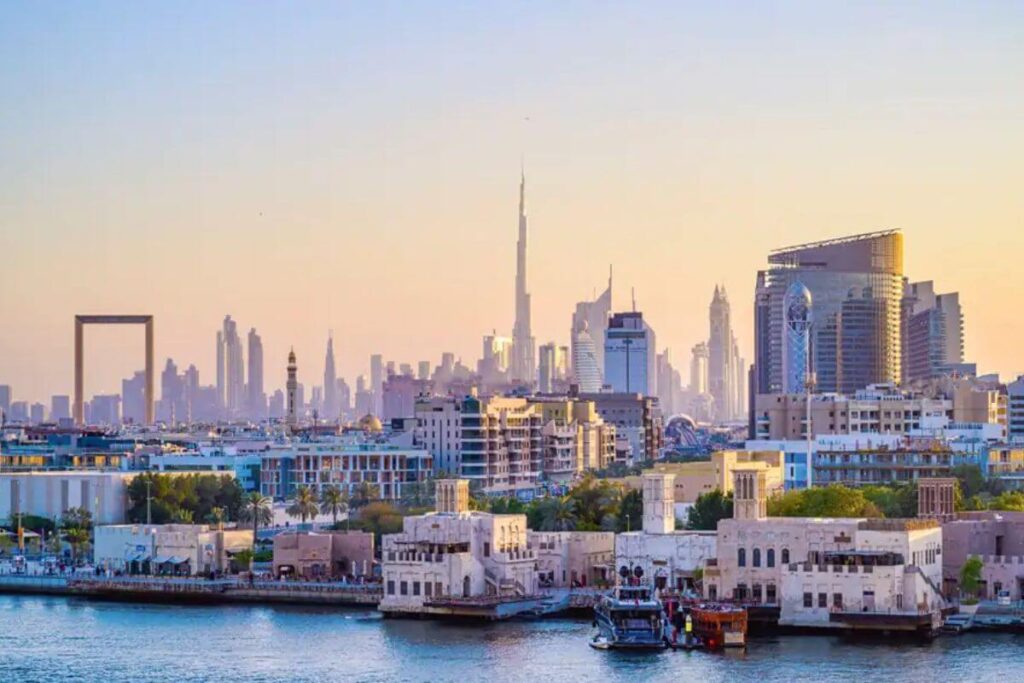
Districts: Bur Dubai, Deira, Al Fahidi, Al Shindagha, Al Karama, Al Garhoud
Old Dubai is where the city first took root — around Dubai Creek, the saltwater inlet that became a hub for pearl diving, fishing, and gold trading.
Walking here feels like stepping into a living museum: wind towers rise over sandy courtyards, shopkeepers greet you in Urdu, Arabic, or Hindi, and the pace is dictated by conversation, not car horns.
Key Landmarks & Experiences
- Dubai Creek & Abra Rides – A 1 AED abra crossing remains one of the most authentic experiences in the UAE.
- Gold & Spice Souks – A sensory overload of saffron pyramids, oud perfumes, and handcrafted jewelry.
- Al Fahidi Historical Neighbourhood – Narrow alleys, restored merchant houses, and the Coffee Museum for history (and caffeine) lovers.
- Al Shindagha Museum – Home to heritage pavilions like the Perfume House and Traditional Food House.
- Sheikh Mohammed Centre for Cultural Understanding – Cultural meals, guided heritage tours, and Q&A sessions that answer the questions you’ve been too shy to Google.
Lifestyle & Culture
Old Dubai is budget-friendly, community-driven, and culturally rich.
You’ll find affordable flats above mom-and-pop grocery stores, late-night karak chai cafés, and restaurants serving some of the best Pakistani biryani and Iranian kebabs outside their home countries. Modest dress is more common here, and life is intertwined with the rhythms of prayer and community gatherings.
New Dubai – The Modern Statement
Districts: Downtown Dubai, Dubai Marina, Palm Jumeirah, JBR, Business Bay
Cross the creek or hop on the Metro, and you’re in a different Dubai — one with glass towers that defy gravity, AI-powered police stations, and beaches lined with luxury resorts.
Key Landmarks & Experiences
- Burj Khalifa & Dubai Mall – Iconic skyline views, luxury shopping, and the Dubai Fountain show (returning after its 2025 maintenance).
- Dubai Marina & JBR – A luxury waterfront promenade perfect for yacht cruises, upscale dining, and nightlife.
- Palm Jumeirah – Home to Atlantis The Palm, The Royal, and a stretch of beachfront cafés.
- Museum of the Future – A calligraphy-covered architectural marvel exploring life decades ahead.
- Dubai Parks and Resorts – Multiple theme parks including Motiongate, Legoland, and Bollywood Parks.
Lifestyle & Culture
New Dubai is cosmopolitan, high-end, and innovation-focused.
Apartments come with infinity pools, gyms, and concierge services. Dining ranges from rooftop Peruvian fusion to Michelin-starred tasting menus. And while the skyline is undeniably modern, cultural roots still show in mosque architecture, Ramadan night markets, and traditional dhow silhouettes against the sunset.
Old vs New Dubai – At a Glance
| Feature | Old Dubai | New Dubai |
|---|---|---|
| Architecture | Wind towers, souks, heritage homes | Skyscrapers, man-made islands |
| Cost of Living | Affordable | Premium |
| Culture | Traditional, conservative | Diverse, cosmopolitan |
| Transport | Abras, buses | Metro, taxis, trams |
| Shopping | Souks & small shops | Mega malls & luxury boutiques |
| Dining | Street food & heritage dishes | Fine dining & global fusion |
| Vibe | Community-focused | Trend-driven & fast-paced |
The Cost Factor
- Old Dubai: Budget hotels, affordable eateries, inexpensive groceries. Perfect for travelers who want authentic experiences without breaking the bank.
- New Dubai: Premium resorts, designer brands, upscale entertainment. Ideal for those seeking luxury stays and exclusive experiences.
Food – From Karak to Caviar
Old Dubai:
Indian, Pakistani, Iranian, Nepali, and Emirati flavors dominate. Street food tours here are legendary — think shawarma wraps, luqaimat (sweet dumplings), and spicy chaat.
New Dubai:
High-rise dining with panoramic views, celebrity chef restaurants, and experimental fusion kitchens. You can still find budget eats, but they’re tucked between rooftop lounges and sushi bars.
Getting Around
- Old Dubai: Explore on foot, hop an abra, or take a cheap taxi.
- New Dubai: Metro and tram networks connect major attractions, but rideshare apps are essential for beach and island areas.
Safety
Dubai — both old and new — is consistently ranked among the safest cities in the world.
Solo travelers, including women, report feeling secure day and night. That said, don’t get complacent — basic street smarts still apply.
Which Should You Choose?
Honestly? Both.
Old Dubai will give you the soul of the city — where Emirati culture meets decades of migration and trade.
New Dubai will give you the spectacle — a glimpse into how cities might look in the future.
Spending time in both offers a layered understanding of Dubai’s past, present, and future.
FAQ – Old Dubai vs New Dubai
Q: Is Old Dubai worth visiting if I’m only in town for a few days?
A: Absolutely. Even half a day exploring the creek, souks, and Al Fahidi can give you cultural depth that skyscrapers alone can’t.
Q: Which area is better for budget travelers?
A: Old Dubai offers cheaper hotels, meals, and transport while still packing in plenty of attractions.
Q: Can I stay in Old Dubai but visit New Dubai easily?
A: Yes — the Metro and taxis make it easy to switch between areas in under 30 minutes.
Q: Is the cultural dress code stricter in Old Dubai?
A: It’s more common to see modest attire, but tourists aren’t required to wear traditional clothing — just dress respectfully.
Q: Which is more family-friendly?
A: Both — Old Dubai for educational, cultural exposure; New Dubai for beaches, parks, and entertainment.
Final Take
The Old Dubai vs New Dubai conversation isn’t about choosing sides — it’s about appreciating a city that can host a centuries-old mosque and a space-age museum without contradiction.
Whether you sip karak by the creek or champagne at the top of the Burj Khalifa, you’re still in the City of Gold — a place where tradition and ambition walk hand in hand.
- Al Wahda Mall Abu Dhabi, UAE: The Ultimate Shopper’s Paradise - November 27, 2025
- Shab-e-Barat 2026 UAE: Date, Meaning, Global Differences & Complete Guide for the UAE - November 26, 2025
- Where Else Can You Use Your Nol Card in Dubai? - November 26, 2025

